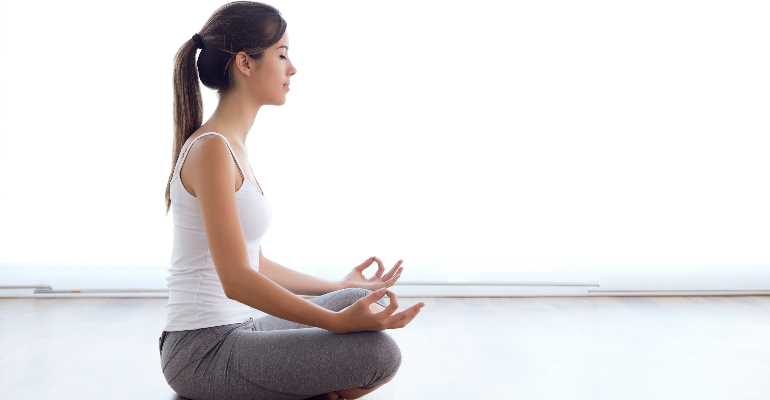
Yoga is a global culture and if you have decided to practice Yoga, you are part of a global movement towards wellness drawing from India’s glorious traditions of the past. The teachings of Yoga transcend racial, cultural and religious barriers. It’s deep and enduring value as a total and all-encompassing system for self development is being discovered by people from all cultures and from every part of the world.
Yoga is For Everyone
Yoga caters to all of humanity. From the time it was invented, it has always been adapted to suit the needs of societies from varied times, cultures and traditions. While the young have taken to Yoga to explore and develop their inherent potential, the sick and aged have taken to Yoga for healing and a more natural perspective on wellness and healing. Spiritualists have found in Yoga a system for liberating the mind from self-imposed bondage and suffering and to find peace at the feet of the Creator.
Before beginning the journey of Yoga, it is important to understand first that we human beings are basically a complex of inter-related systems viz. our anatomy, physiology and psychology which then exist within the ambit of a larger complex of interrelated systems which includes our interpersonal relationships and the environment. Since every gear in the machine is interrelated, there is a reciprocal relationship between the various structural components and the metabolic functioning of the body as a whole. Your body possesses an intrinsic organic wholeness and the key to good health lies in the balanced interaction of all these systems.
Why is it that some people around us always seem healthy while some are constantly in a state of mental and physical breakdown? You could say that it is genetics but though genetics does have a certain role to play in the way it influences our health, our well being is strongly influenced by our day-to-day activities. This means that however worse off we are in the genetic stakes so to speak, we have an opportunity by changing our actions to bring about positive changes in our minds and bodies.
Asana Practice
Asana practice was developed as a means of purifying and restructuring the body and enabling stability, strength, flexibility, stillness and a sense of clarity and well-being. Since ancient times, the asanas have been defined with relatively precise forms. By mastering these forms, a person demonstrated mastery of certain basic principles of movement. It was also generally accepted that the ability to perform these asanas were based on an each individual’s actual condition. An individual’s ideal way of doing each posture was therefore worked out between student and teacher. So ultimately, the transformational value of a Yogic asana was always seen in relation to it’s function and not to it’s form.
Unfortunately the popular misconception amongst both students and teachers of Yoga in modern times, is that everyone must follow precise and fixed form of asanas to derive maximum value. Thus, too much emphasis has been placed on superficial details of positioning and the development of the body towards the direction of external preconceived notions of perfection. And the forms of yoga have been frozen into rigid static postures in which the living quality of the asana is lost.
Yoga as Performance
Your asana practice must be adapted to your individual skeletal structure and muscular and organic functions. You must be able to evolve, on an individual basis while doing the asanas in a way that increases your own body’s movement potential. With most learned skills, the test is in the performance. This would involve going through the arduous learning phase to develop a skill, that with proper training, becomes refined and finally mastered. In sports or in music, the movements must come naturally, spontaneously and reflexively. If you have to think through the movements then obviously you are not a master yet!
In Yoga practice, the performance does not consist of simply striving to achieve perfection in executing the asanas; actually in a way it does not have much to do with the physical asana itself. In Yoga the performance is life itself. Asana practice is the learning phase of a generalized skill in movement and action. It arms you with the reflexes for efficient action in the game of life! Also developing skill in asana practice is not the same as for example, mastering one’s backhand in tennis. As you continue to evolve in your Yoga practice, do not be discouraged by difficulties that you may encounter with particular poses or sequences. It is the process and the your own understanding of how the process is working in you that matters.
So observe, learn and remember that there is no doubt that you can achieve proficiency in Yoga, regardless of your individual physical liabilities. Try and develop the potential for movement that is inherent in your body, without damaging or disrupting it’s natural order and integrity. You will begin to gradually realise that your body is transforming and moving towards greater balance, strength and flexibility. Also keep your mind and attitude eager and open to investigation, experimentation and discovery. This way your Yogasana practice will remain always alive and fresh!
Do not miss a single article!
Submit your email id to get new articles directly into your email inbox!




Add Review